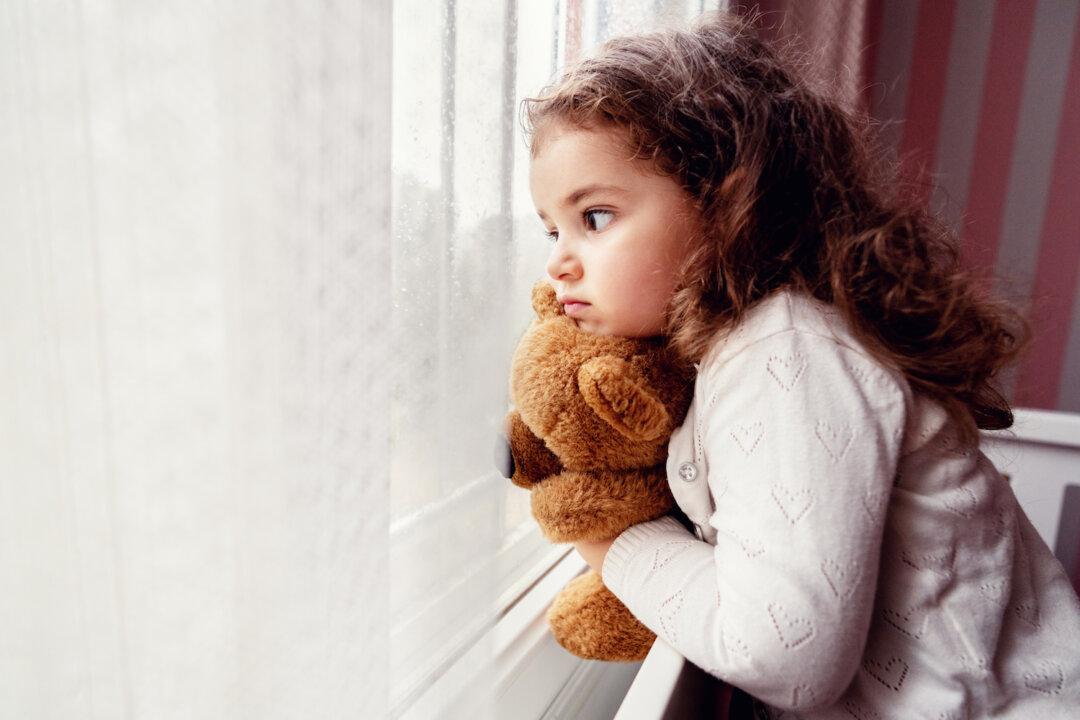Katie Meyer had her whole life ahead of her. A senior at one of the most prestigious universities in the world—Stanford—the 22-year-old was also a soccer star. A goalkeeper and captain of her team, Meyer’s excellence on and off the field helped Stanford defeat North Carolina 5–4 to win the women’s College Cup national championship in 2019.
But on March 1, Meyer was found dead in a residence hall on Stanford’s campus. A few days later, her parents, in a tear-filled interview on “The Today Show,” told the world that their daughter had died by suicide.






